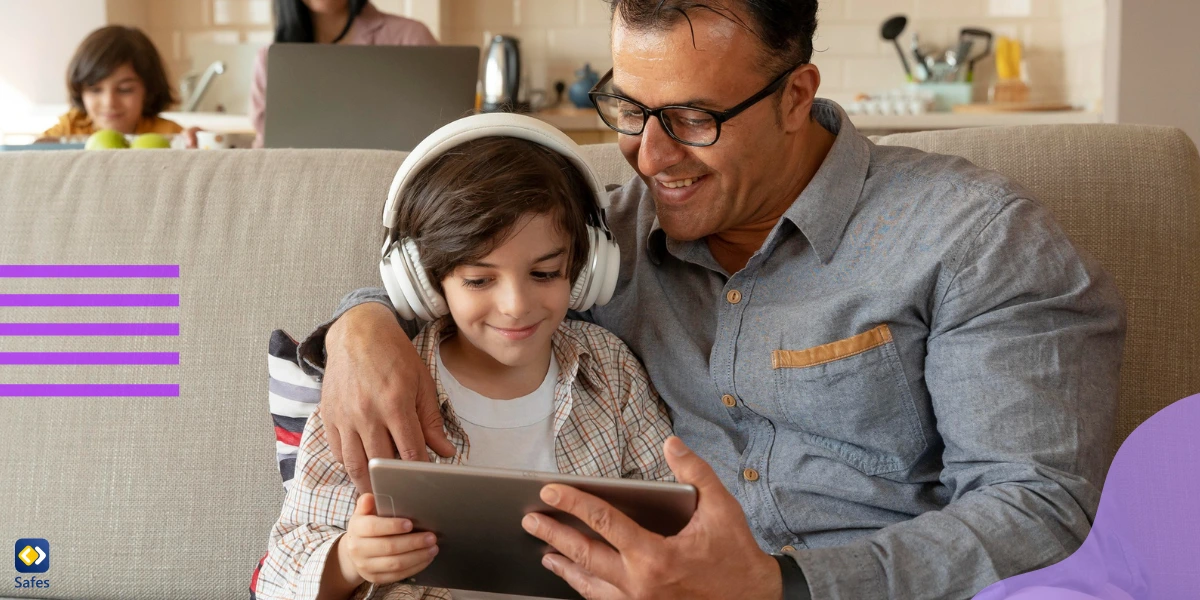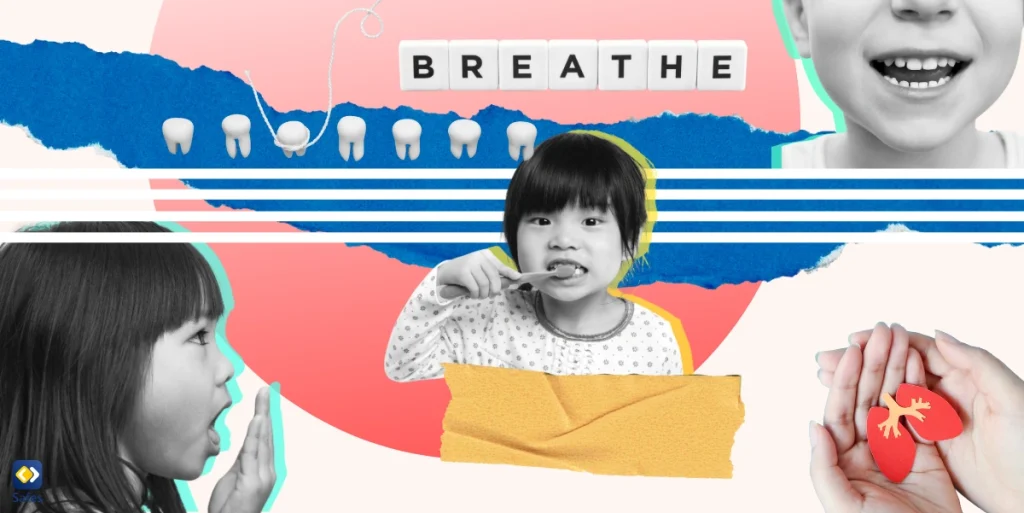The digital age presents both opportunities and challenges, making social media literacy a critical skill for parents to acquire. In this guide, we will discuss everything you, as a parent, need to know about the risks of social media for children so that you can create a safer online experience for your child.
Download and Start Your Free Trial of the Safes Parental Control App
Why Social Media Literacy Is Important for Parents
Being media literate means having the expertise to:
- Guide your child through the digital world
- Help them understand the implications of their online interactions
- Teach them to distinguish between reliable and misleading information
By acquiring these skills, you can help your child enjoy the benefits of social media while also developing healthy digital habits.
Each social media platform, from Facebook and Instagram to Snapchat and TikTok, offers unique functionalities and potential risks. You must familiarize yourself with these platforms to guide your child effectively. Equip yourself with the necessary knowledge to discuss safe usage with your child by:
- Understanding the platforms’ privacy settings
- The nature of the content posted
- The interactions they facilitate
Risks and Potential Harms of Social Media for Children
While social media can offer opportunities for connection, creativity, and learning, it also exposes users to potential risks. These risks can range from cyberbullying and privacy violations to exposure to inappropriate content and harmful interactions. Understanding these risks is crucial to setting appropriate boundaries and safeguards for your child’s online activity.
Cyberbullying
One of the most prevalent online risks for teens is cyberbullying, where individuals may be harassed or teased online. Cyberbullying has been linked to severe psychological impacts, including:
- Depression
- Loneliness
- And even suicidal tendencies
It’s vital to recognize the signs of cyberbullying and to maintain open lines of communication with your child about their online experiences.
Privacy and Safety Issues
Another significant concern regarding children’s use of social media is privacy and safety. Often, young users unknowingly share more personal information online than they should, making them easy targets for online predators. That’s why you should emphasize the importance of privacy settings, teaching your child to limit the personal information they share and to manage their friend lists judiciously to enhance online safety.
Impact on Mental Health
A connection has been proven between excessive social media use and mental health conditions like depression and anxiety. Spending prolonged hours on social media, comparing oneself to others, or feeling left out can affect children’s self-esteem and overall mental health. You need to monitor your child’s social media usage and encourage healthy online habits.
Inappropriate and Harmful Content
The internet is a vast reservoir of information that is not entirely appropriate or accurate. Children may come across violent, discriminatory, or misleading content that can have potentially harmful consequences. You should educate your child about such risks and equip them with the skills to discern trustworthy from unreliable sources.
The Issue of Time Management
Excessive social media use can result in children neglecting their studies, physical activities, sleep, or quality time with family. Parents need to set clear guidelines around screen time, ensuring a balanced lifestyle for their children.

Proactive Steps for Parents to Protect Children on Social Media
You can take several proactive steps to ensure your child’s online safety. This includes researching about various social media platforms, having regular conversations with their children about their online experiences, setting up appropriate privacy controls, and monitoring their online activity.
Creating a Household Social Media Plan
A household social media plan can provide a structured approach to managing children’s online activities. The plan could include rules around screen time, the types of platforms that can be accessed, and guidelines for online interactions. Regularly discussing and reviewing this plan can help ensure its effectiveness.
Introducing the Safes Parental Control App
The Safes parental control app is a handy tool to help you monitor and manage your child’s social media use. Safes offers a range of features, including an app monitoring feature that allows you to keep track of:
- The apps your child is using
- The time spent on each app
- The type of content they view
You can try Safes for free by downloading it from our website, Google Play, or App Store. Safes can protect your child on whichever platform they use. For more information on how to set parental controls on different platforms, use the resources below:
- Windows parental controls
- Macbook parental controls
- Android parental controls
- iPhone parental controls
Sign up for a free trial and start educating them on social media literacy today
The Importance of Ongoing Communication
Open and ongoing communication is key to ensuring children’s online safety. You should maintain a dialogue with your child about their online experiences, addressing any concerns or issues promptly. By nurturing a trusting relationship, you can ensure your child feels comfortable discussing any troubling incidents they encounter online.
Conclusion: Social Media Literacy Is a Must for Parents
Social media literacy is an essential skill for parents in the digital era. You can ensure a safer and more productive online environment for your child by:
- Understanding the dynamics of social media platforms
- Recognizing potential risks
- Adopting proactive strategies
You don’t need to eliminate social media use but to promote its responsible and beneficial use. After all, the digital world is here to stay, and the best we can do is equip our children with the tools and knowledge to navigate it safely and wisely.
Your Child’s Online Safety Starts Here
Every parent today needs a solution to manage screen time and keep their child safe online.
Without the right tools, digital risks and excessive screen time can impact children's well-being. Safes helps parents set healthy boundaries, monitor activity, and protect kids from online dangers—all with an easy-to-use app.
Take control of your child’s digital world. Learn more about Safes or download the app to start your free trial today!




